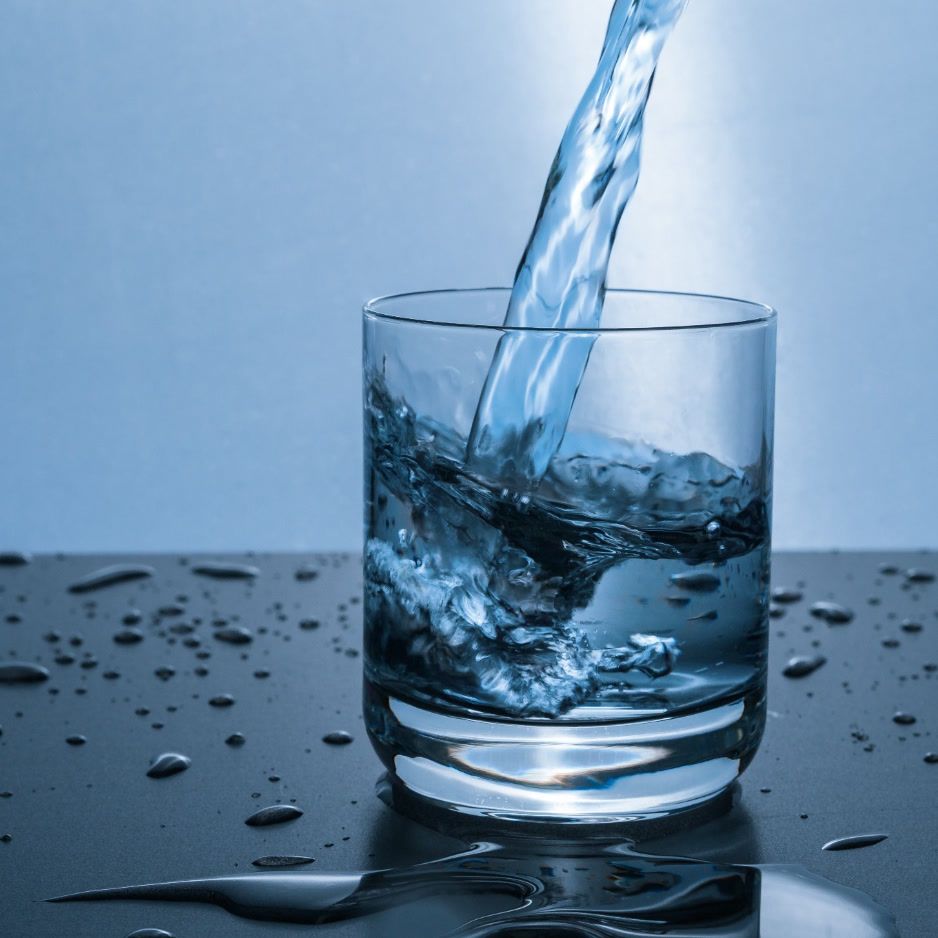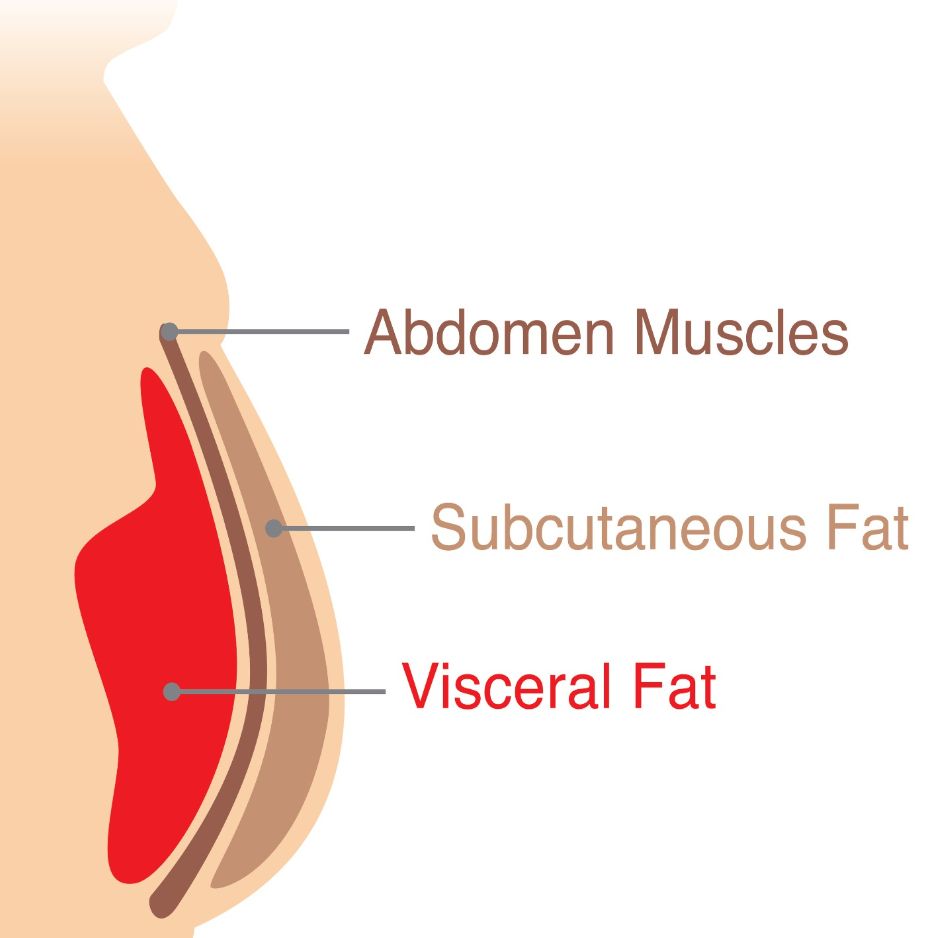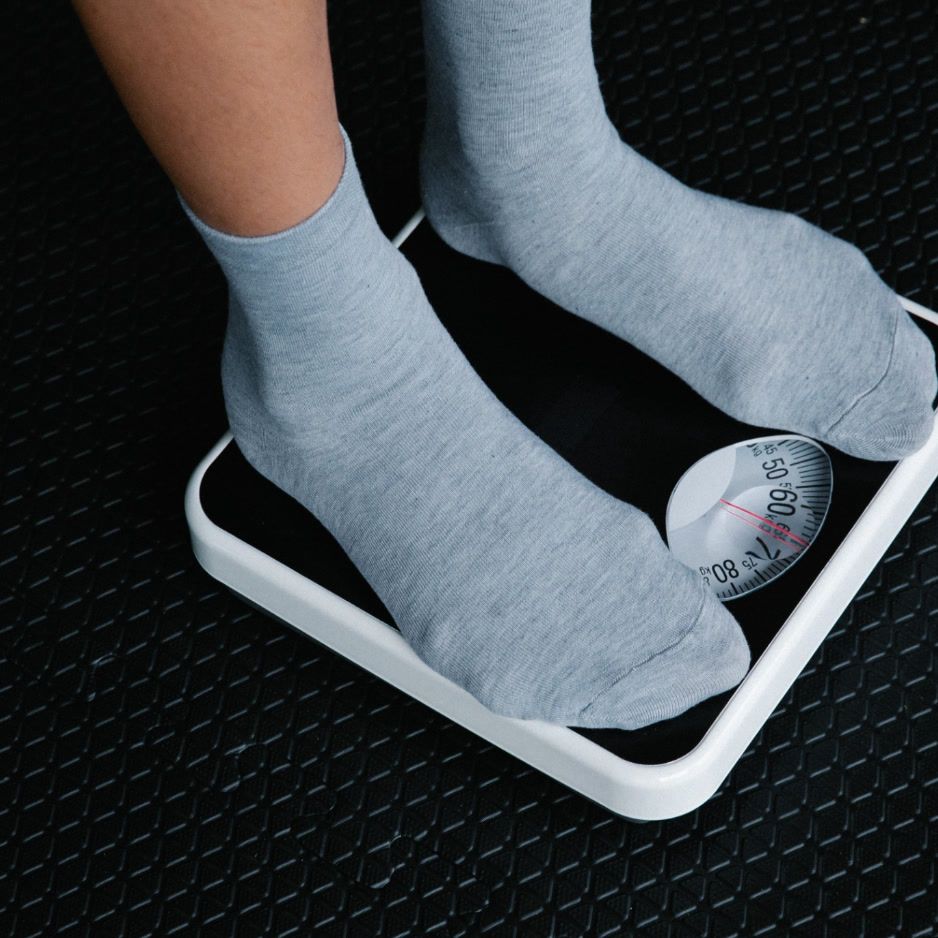DXA Body Fat: Measure Your % & Compare

DXA Body Fat: Measure Your % & See How You Compare
Understanding your body fat matters for health, performance, and progress. DXA body fat measurement is widely considered a gold‑standard, highly accurate way to quantify body fat because a DXA scan directly measures fat, lean, and bone. On this page, you can estimate your body fat % from age, height, weight, and gender—and see how you compare to peers. For exact numbers and regional breakdowns (like visceral and abdominal fat), book a BodySpec DXA scan.
Quick answer
- What is DXA body fat? Your body fat percentage measured by a DXA scan.
- How to measure it accurately? By getting a DXA scan—a validated, low‑radiation test. You can book your DXA scan.
- No scan yet? Use our estimator below to get a ballpark and your percentile vs. similar people.
How this calculator works
- Data source: Based on analysis of 400,000+ BodySpec DXA scans.
- What you'll enter: Age, height, weight, and gender.
- What you'll get:
- An estimated body fat %
- Your percentile vs. BodySpec clients with similar age, height, weight, and gender
- A simple distribution for your group showing the 10th percentile, average, and 90th percentile
Note: This tool is an estimate built from real-world BodySpec results. If you want exact numbers or your regional breakdown (android vs. gynoid, visceral adipose tissue), consider booking a DXA scan. Scanning at any BodySpec storefront or mobile location provides consistent results thanks to our stringent QA program (see our QA program and how our mobile scans stay precise).
Why use DXA for body fat analysis?
DXA directly measures fat, lean, and bone across your whole body and by region. It also estimates visceral adipose tissue (VAT). Agreement between DXA fat mass and whole-body CT is very high (correlations ~0.99), though DXA can slightly underestimate in some contexts (a technical review comparing DXA and CT). That blend of comprehensiveness, low radiation, and strong validation makes DXA ideal for tracking real change.
- New to DXA? Start here: The DXA Scan: Body Fat, Muscle, and Bone Density Testing
- Ready to measure precisely? Book a scan near you
Turn your percentile into progress
Use your DXA report—or your estimate here—as a starting point. Then aim your plan at what matters most: lowering central (android) fat, keeping VAT in check, and building or maintaining lean mass.
- Interpreting your results: Interpreting DXA Scan Results: T-Score, Z-Score, and Body Composition
- Visceral fat basics and targets: What Is Visceral Fat?

Action ideas:
- Prioritize strength training 2–4x/week to protect or increase lean mass (start here: Strength Training for Beginners)
- Add cardio you'll stick with—steady state or intervals—to support fat loss and heart health (guide: Steady-State Cardio Benefits and Training Guide)
- Keep protein consistent, sleep 7–9 hours, and review progress every 8–12 weeks
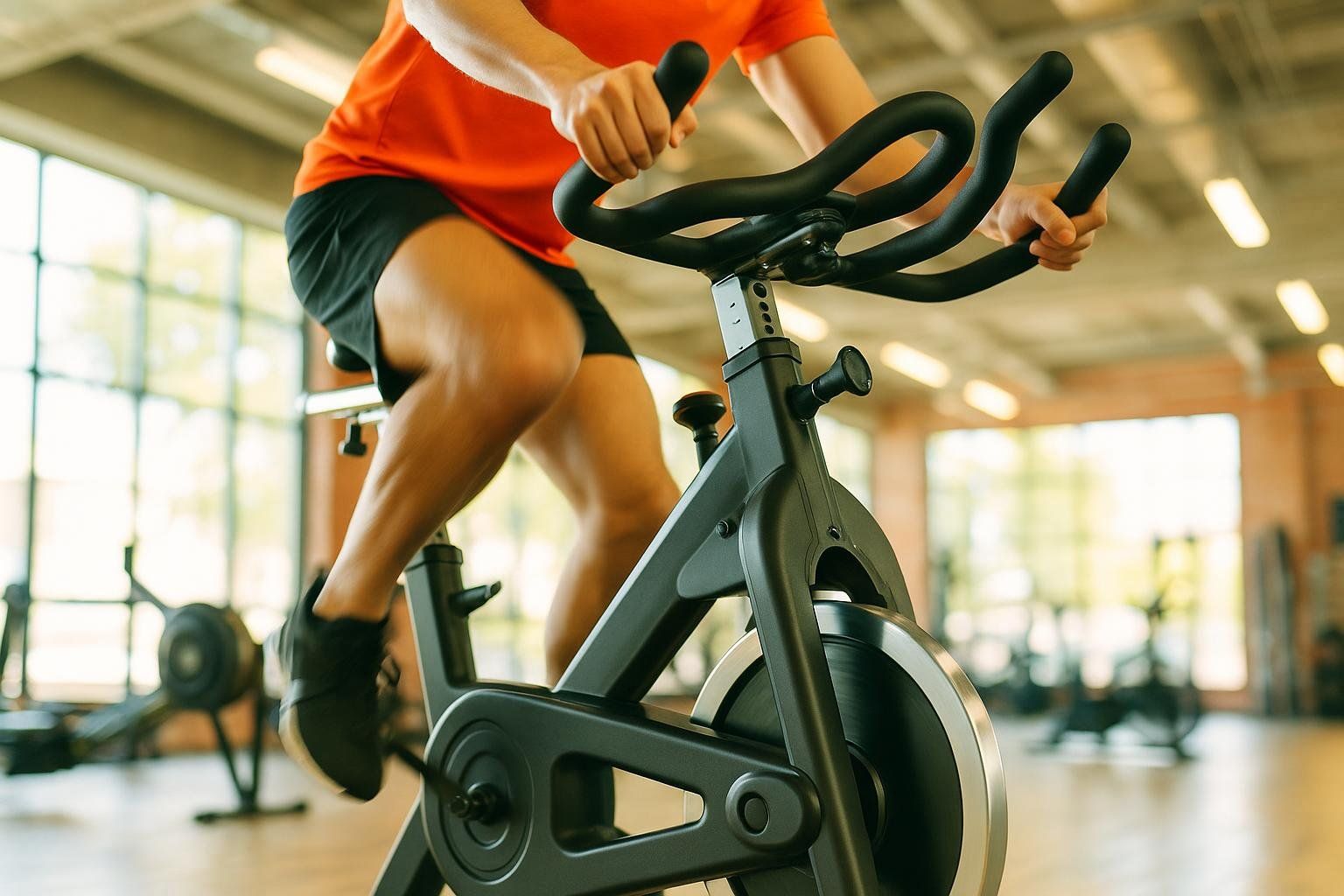
Segmental insights: android vs. gynoid fat
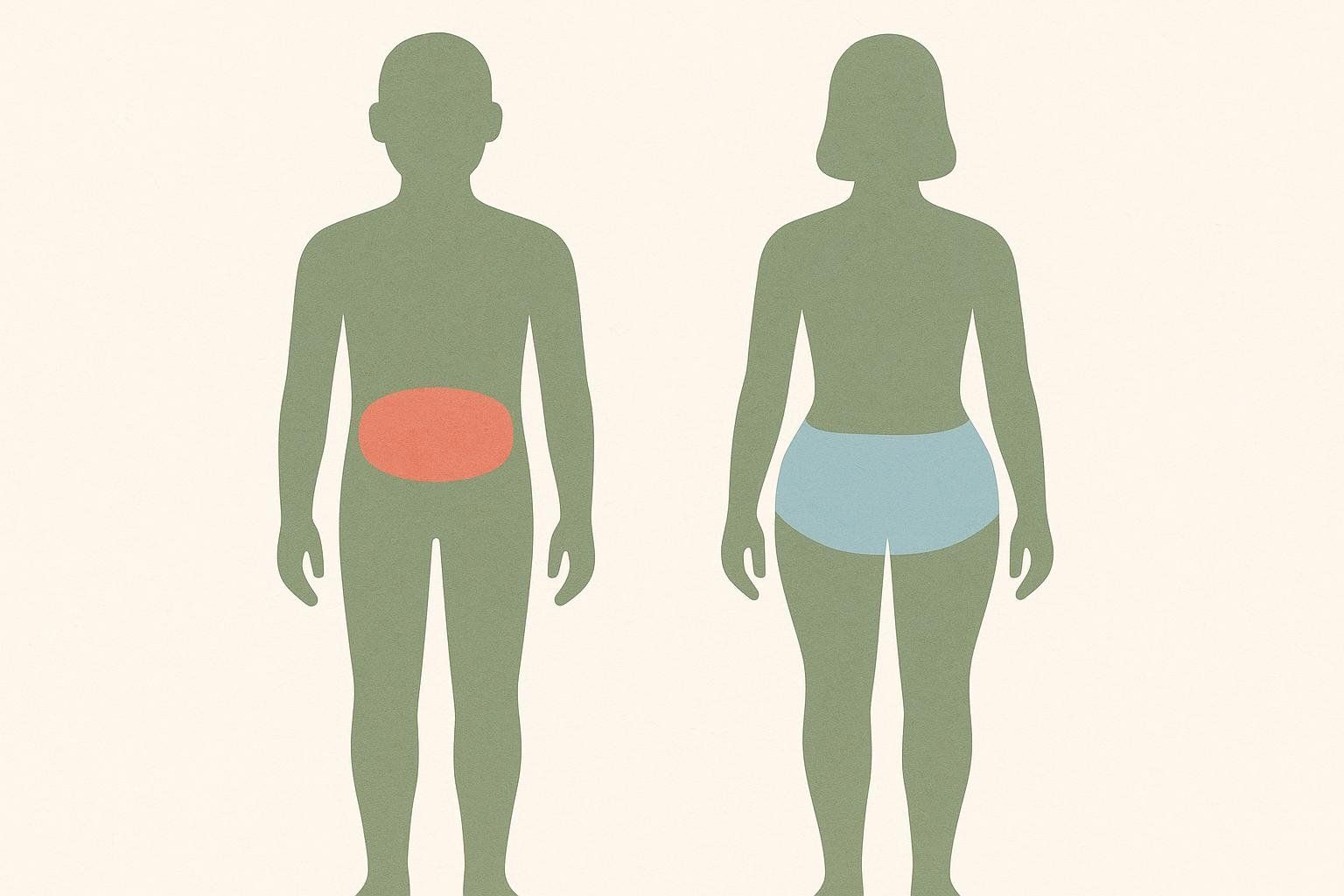
DXA shows where fat sits: android (waist/abdominal) and gynoid (hips/thighs). More fat around the abdomen and higher VAT tend to track with worse metabolic markers, while overall fat distribution offers additional context (research confirms fat distribution is linked to metabolic health).
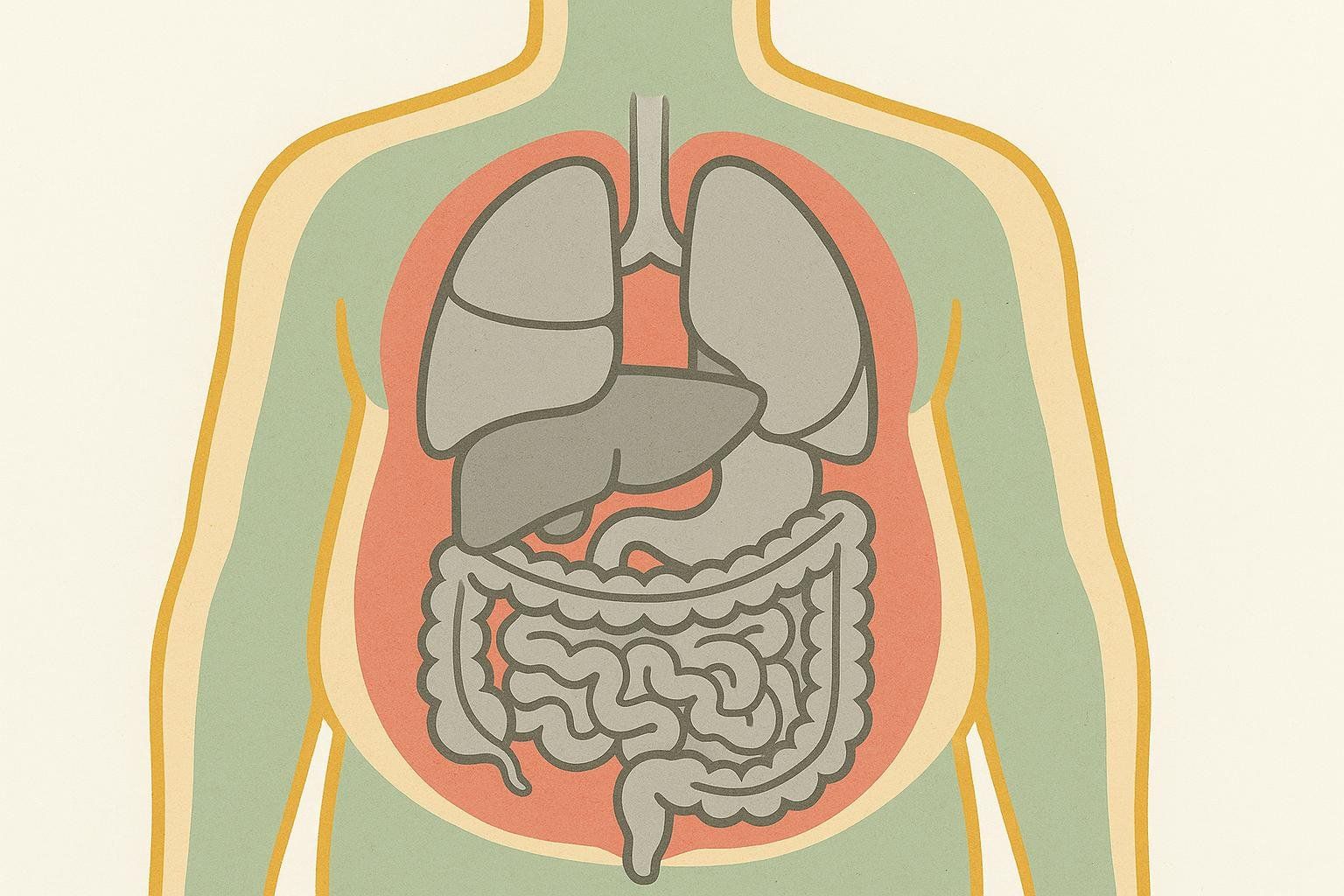
How to use this in your plan:
- If android fat and VAT are elevated:
- Create a small, steady calorie deficit
- Lift 2–4x/week to preserve muscle
- Add 2 sessions/week of moderate-to-vigorous cardio
- If android fat is low and gynoid fat dominates:
- Maintain strength training and protein to keep a favorable distribution
- Focus on long-term maintenance rather than aggressive fat loss
Practical workflow: from number to next step

1) Establish a baseline
- Get a DXA scan and record: total body fat percentage, fat mass, VAT, android/gynoid %fat, lean mass by region
- Use your calculator percentile as context for comparison, not a rigid target
2) Set 8–12 week process goals
- Fat loss: modest deficit plus strength training to protect lean mass
- Muscle gain: accept small body fat percentage changes if lean mass and strength are climbing
3) Re-scan consistently
- Most people do best every 8–12 weeks; athletes during specific training blocks may scan monthly
- BodySpec's QA program keeps results consistent across storefronts and mobile units
4) Match your prep each time
- Same time of day, light/metal-free clothing, normal meals/hydration, no hard training within ~12 hours
- Quick prep checklist: see our scan preparation guide

FAQs
Is this calculator accurate?
- It's a well-trained estimate based on 400k+ real BodySpec scans. For the most accurate measurement—especially regional fat and VAT—get a DXA scan.
Do BodySpec scans match across locations?
- Yes. We run strict, twice-daily QA and fleet harmonization so your results are consistent at any BodySpec storefront or mobile van.
How often should I scan?
- Every 8–12 weeks works for most goals. Keep your preparation consistent before each appointment (see our scan preparation guide).
Is a DXA scan quick and safe?
- A whole-body composition DXA takes about 6–10 minutes with a very low radiation dose—on the order of a few microsieverts, similar to a day of natural background exposure.
Does DXA measure visceral fat?
- Yes. Modern DXA estimates VAT from the abdominal region, which relates to metabolic health.
What counts as a real change between scans?
- With consistent prep and BodySpec's QA, even numerical shifts in fat or lean mass can reflect meaningful physiological change over 8–12 weeks. Your report will highlight fat, lean, and VAT changes by region to guide next steps.
Ready to get your real numbers?
- Book a scan near you
- Learn the fundamentals: The DXA Scan: Body Fat, Muscle, and Bone Density Testing
- Interpret your report: Interpreting DXA Scan Results: T-Score, Z-Score, and Body Composition
Disclaimer: BodySpec scans are non-diagnostic wellness assessments. For medical decisions, consult your clinician and share your results.
